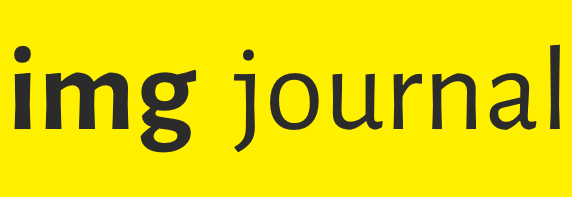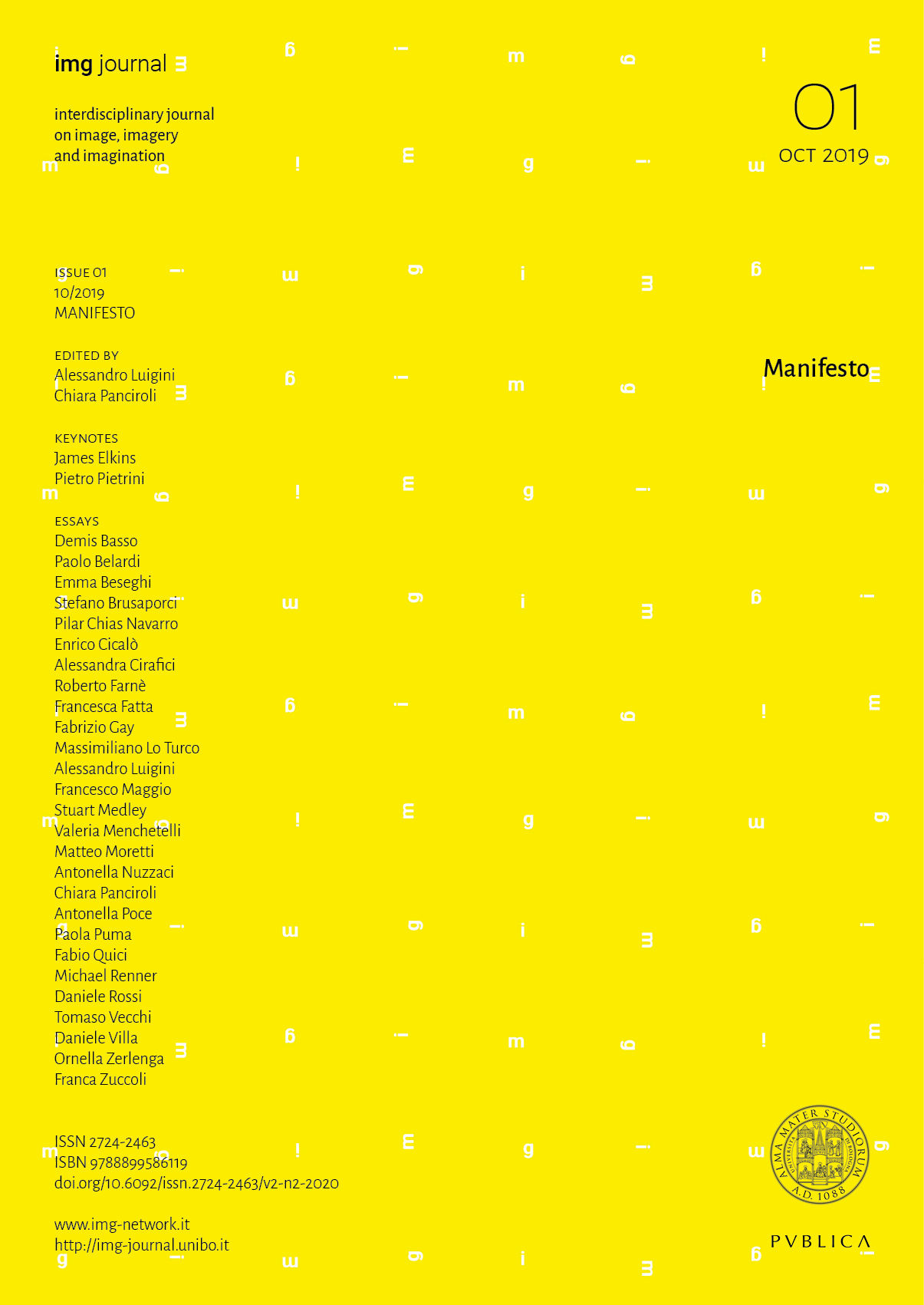Visual Culture in Quantum Mechanics. Image-based knowledge making in a non-intuitive world
DOI:
https://doi.org/10.6092/issn.2724-2463/11079Keywords:
visual culture, quantum mechanics, image-thinkingAbstract
According to a large portion of scholars, mainly coming from the fields of theoretical and experimental physics, quantum mechanics is a particularly challenging subject both to be translated into images and to be communicated without an extensive visual apparatus. This ambiguity is directly connected to the original principles of subatomic physical theories and its peculiar knowledge making routine that, historically, associates mathematical theoretical framing with iconic modeling and analogies storytelling. This research deals with some emblematic issues of quantum theories retracing some branch of image-based quantum modeling with particular attention to the visual knowledge-making that underlie the physics of subatomic particles. These examples allow to build a rhizomatic genealogy of graphical interpretations that goes back to first the atom sketches drawn by Rutherford in 1910, at the dawn of the conceptualization of electron nucleus relationship and find its maximum expression in the huge graphic and drawing production of Nobel laureate Richard P. Feynman. We know that the great majority of the quantum phenomena are hardly describable beyond the equations and the probability calculations, however the visual languages continue to play an important role in particular within the communication, training and physics learning processes.Downloads
Published
2019-10-31
How to Cite
Villa, D. (2019). Visual Culture in Quantum Mechanics. Image-based knowledge making in a non-intuitive world. Img Journal, 1(1), 318–333. https://doi.org/10.6092/issn.2724-2463/11079
Issue
Section
Contributions
License
Copyright (c) 2019 Daniele Villa
Unless otherwise stated, the copyrights of all the texts on this journal belong to the respective authors without restrictions.
This journal is licensed under a Creative Commons Attribution 4.0 International License (full legal code).
See also our Open Access Policy.






